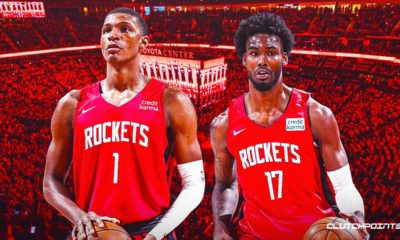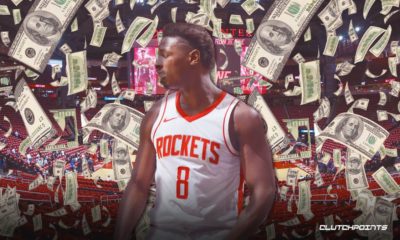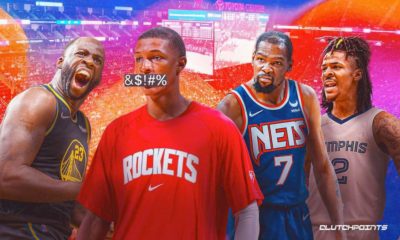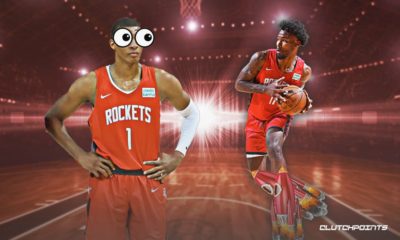Rockets
Five Observations From NBA Opening Week
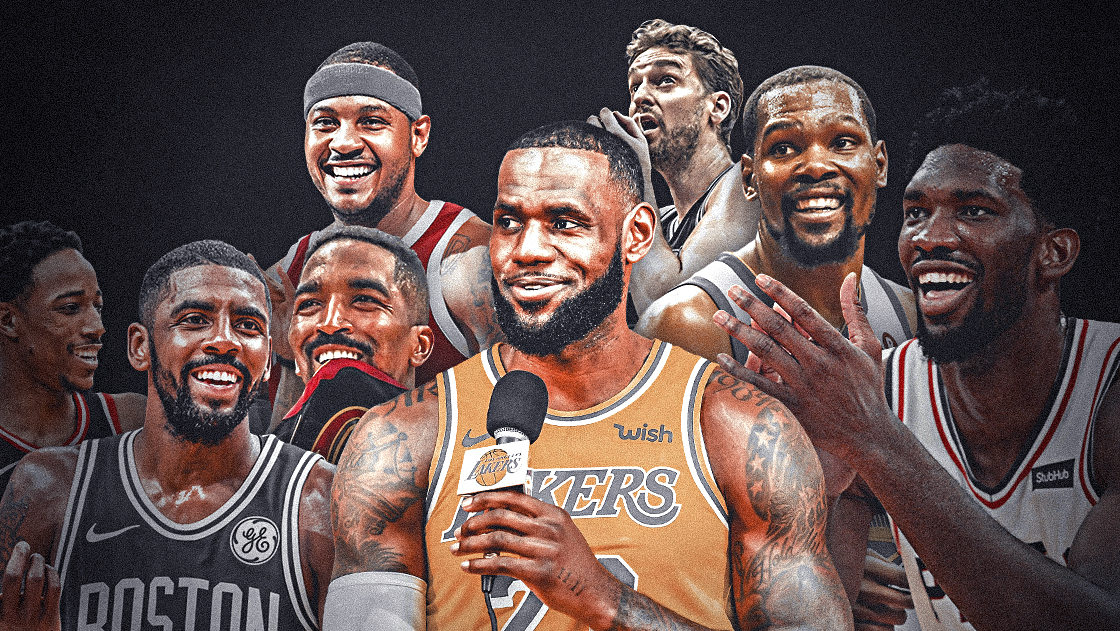
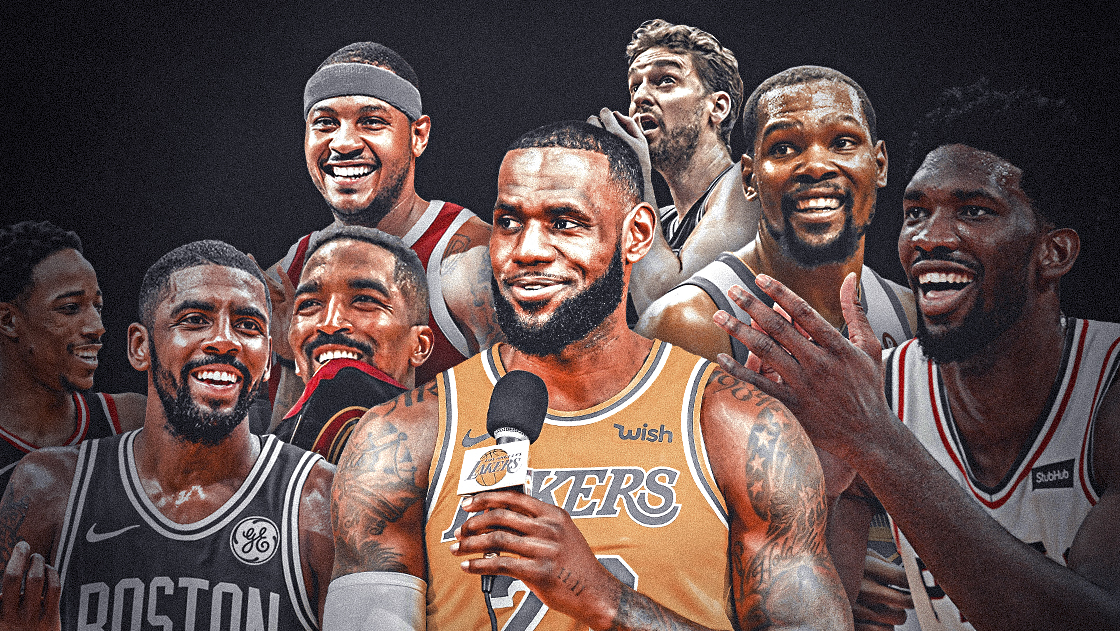
It was definitely worth the wait. The first full week of the 2018-19 NBA season is in the books. There was no shortage of exhilarating moments, between the high-scoring affairs, a Staples Center brawl, and Jonas Jerebko being the most valuable Warrior for just one possession.
With full acknowledgement that “small sample size!!!” arguments usually hold no ground, let’s take a look at five things from around the league that may become super important the rest of the way.
Because after all, small sample sizes are a part of sports. What are we supposed to do, just not write anything until Nov. 1 or later? Nonsense!
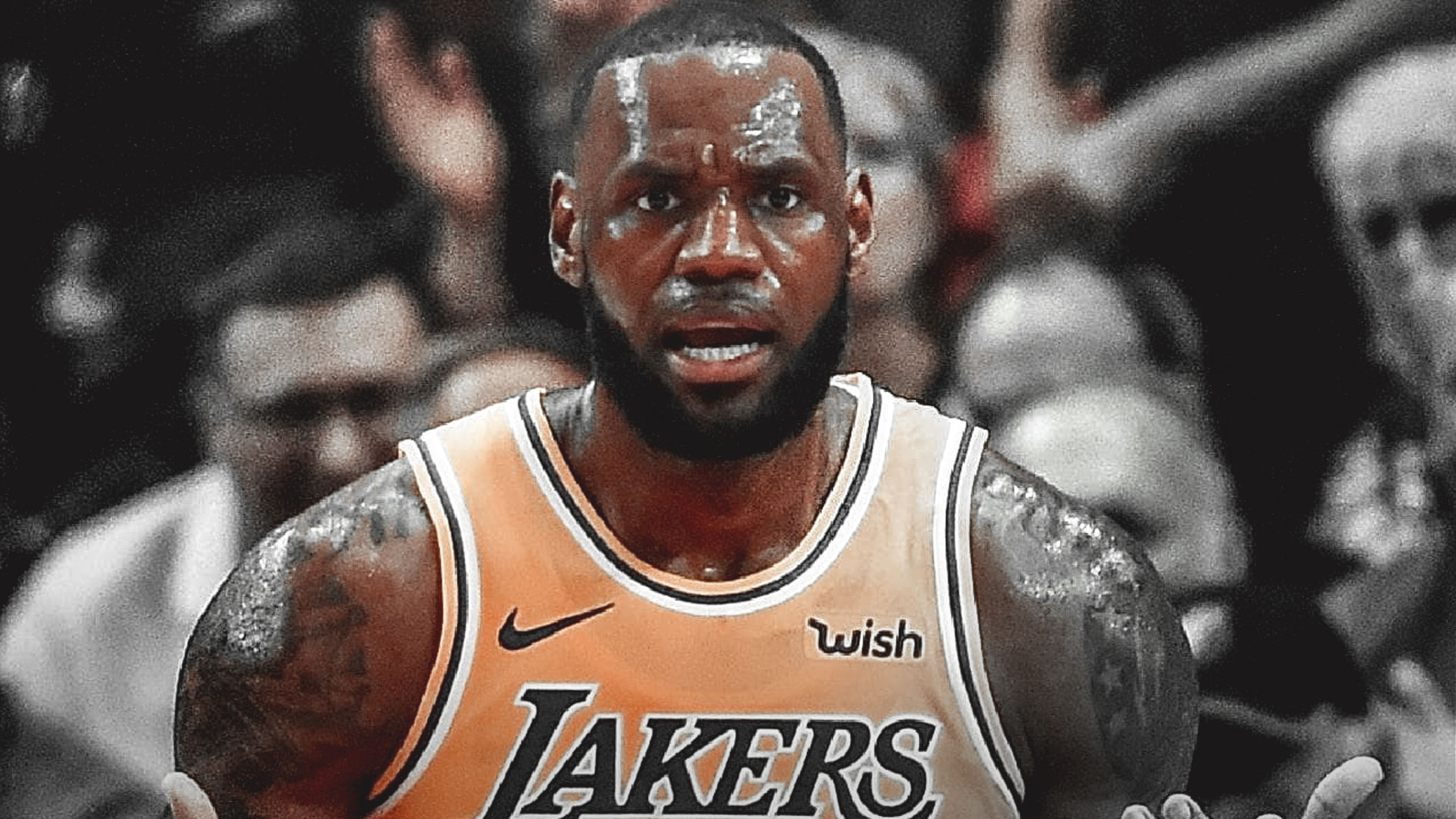
Here’s what has stood out so far:
Stephen Curry could be back to unanimous MVP form
Well, first of all, the most significant takeaway from the Warriors’ opening week is that despite how loaded their lineup is with all-stars, they lack outside shooting after their top three guys — Curry, Kevin Durant, and Klay Thompson. It has (quietly) been a trend since Durant signed with Golden State in 2016 and the roster had to be reshaped. High-level star talent typically leads to a barren bench. They had to take a sacrifice somewhere. Finding reliable volume shooters to fill out the rotation is the only struggle for this championship group.
After four games, the Warriors have made 38 three-pointers, shooting 34.2 percent as a team. It doesn’t sound out of the ordinary, does it?
Now, consider that 22 of those threes were produced by one player.
Curry is setting flames to every city he visits thus far, shooting 22-of-47 (46.8 percent) from long-range. The rest of the Warriors are 16-of-64 (25 percent). This includes another early-season cold streak from Thompson, shooting 3-of-22 on triples, and Durant not actively hunting for threes (3-of-13).
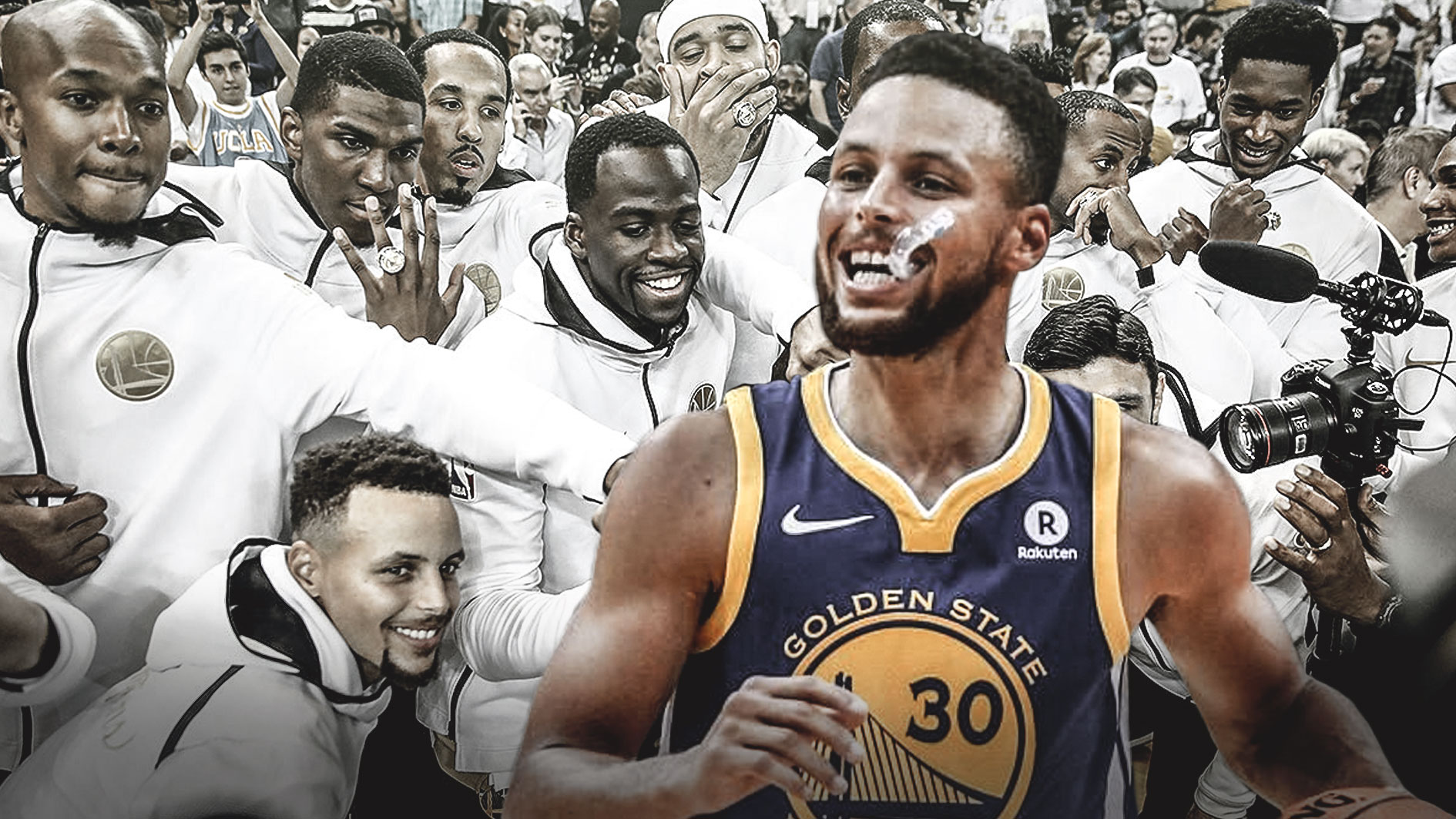
In every facet of the game, Curry is reminding everyone how the beginning of 2016 felt. If defenses try to run him off the line and force him to dribble, he’s converting on 83.3 percent of his mid-rangers from outside the foul line and 60.5 percent of his attempts within three feet.
You don’t want to get caught up in early season averages because they can all go out the window after one subpar performance, but Curry is averaging 30.5 points, 7.8 assists, and five rebounds per game through Golden State’s 3-1 start. There’s a decent chance, given the Warriors’ depth concerns on the wing and how springy he appears compared to last season, that Curry mirrors his 2015-16 numbers across the board this year. If not the raw per-game figures while sharing the wealth with Durant, Thompson, and eventually DeMarcus Cousins, certainly the efficiency metrics.
On Sunday, Curry moved past Paul Pierce for sixth all-time in career three-pointers. With just three more — likely in the next game — he’ll surpass Jamal Crawford for a top five spot. What’s remarkable is that only 131 threes stand between Curry and third on the historical leaderboard, behind only Reggie Miller and Ray Allen. Looking at this year only, if he just nets the same amount of triples as his 2016-17 campaign (324 in a so-called “down year”), Curry would be over the 2,400-mark and nearly 200 over Jason Terry or Kyle Korver for third.
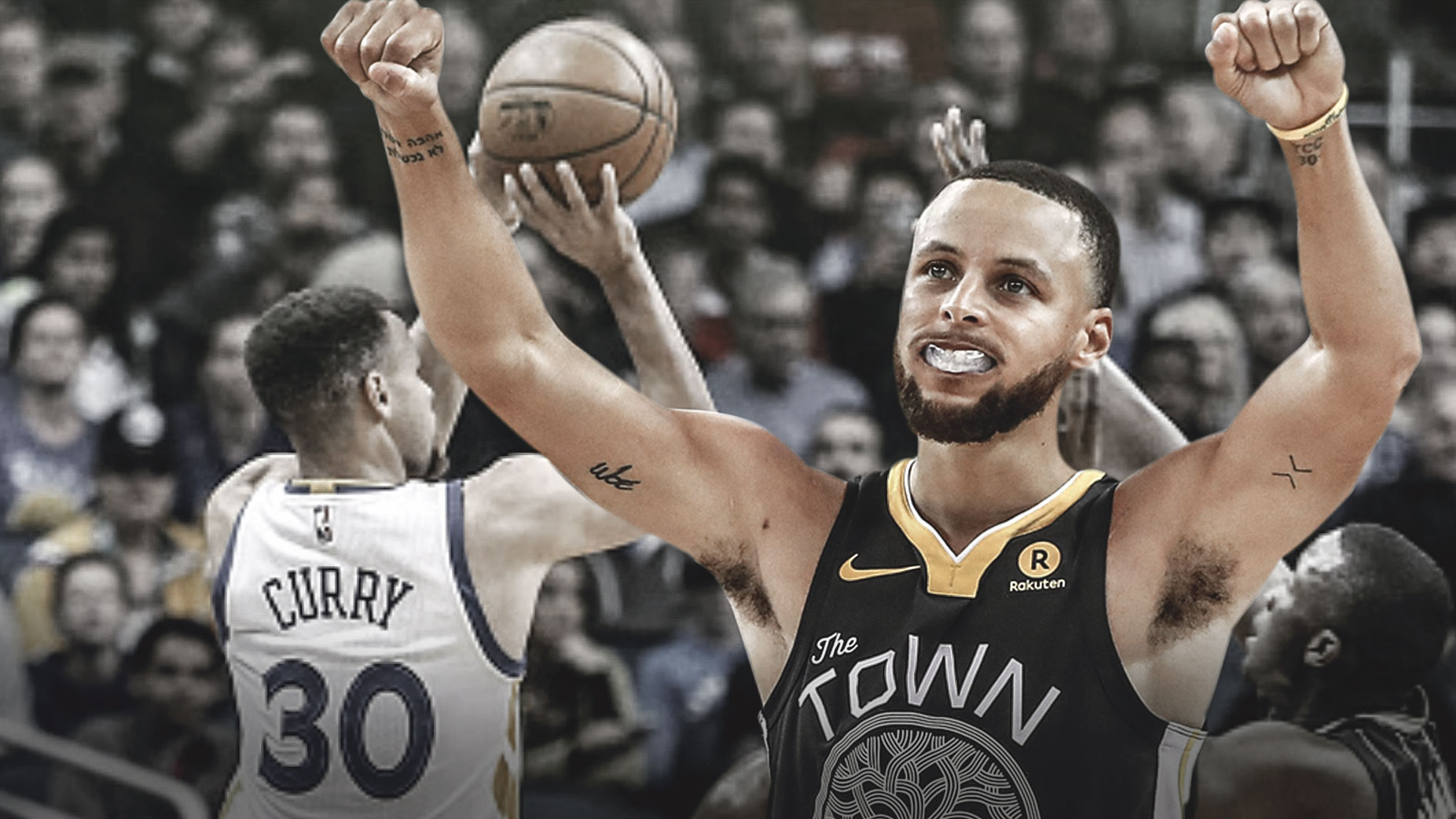
Projecting further into his career, it gets crazier. Let’s just assume Curry will make at least 3.5 threes per game for the next four years. He actually has made 4.5 per game since the 2015-16 season, but we’ll allow for possible age regression. Now, let’s also assume he plays 70 games per season. That’s an average of 245 threes per year — a number much lower than what he’s now clearing every year.
If Curry is already above 2,400 to begin 2019-20, he’ll likely pass Allen’s 2,973 total during the 2021 season. At age 33. With at least six or seven years left in the league. It’s just out of this world. If we thought the career home run record was pushed to an unattainable level, the NBA will soon have the most ridiculous achievement.
The Nuggets are for real, and the Pelicans might be for real
As always, these distinctions just come down to the definition of terms. What does it mean to be for real, especially in the Western Conference? Since the reality of the situation in Oakland removes “title contender” from this conversation, the description we’ll roll with here is “any team that will look close to a playoff lock by the All-Star break and has the ability to make a West Finals run.”
Denver didn’t waste any time to begin this season. After losing the playoff tiebreaker last April, the Nuggets hit the ground running with victories over the Clippers, Suns, and Warriors to start 3-0 this time around. They’ll also have a chance to take care of business at home Tuesday versus Sacramento and on the road Thursday against the (currently) winless Lakers. This is already better than last season, when Denver struggled to find an offensive balance with Paul Millsap in October and November.
Through three games, Nikola Jokic is channeling his inner Wilt Chamberlain, Bill Walton, Kareem Abdul-Jabbar, and heck, even Hakeem Olajuwon defensively. There’s plenty of hyperbole involved, of course, but Jokic is putting the Nuggets on his back to ensure they aren’t playing catch-up in this brutal conference. His 30-point triple-double on 100 percent shooting with zero turnovers didn’t get the same attention any Russell Westbrook triple-double would, but it etched his name in the record books forever.
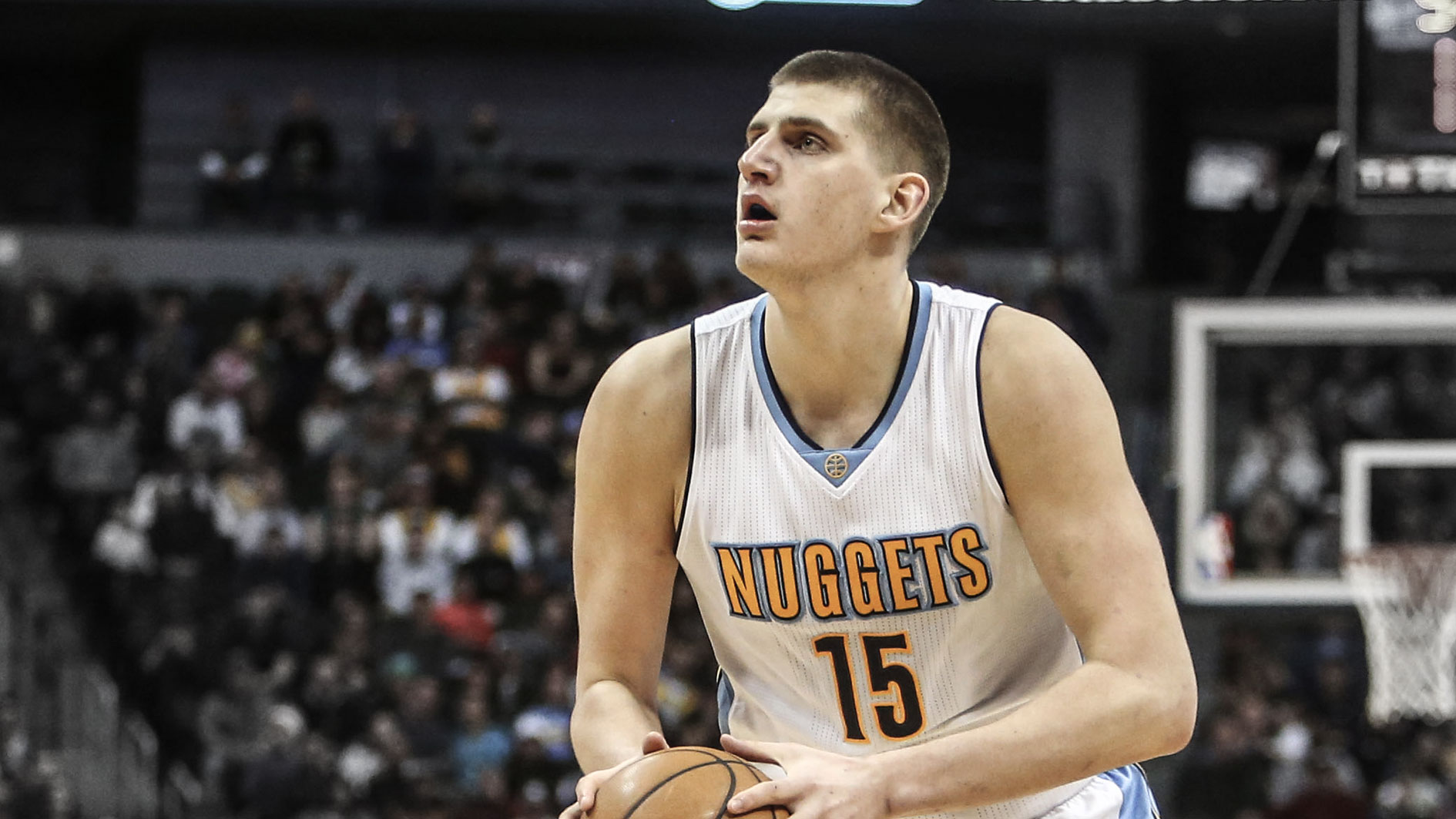
Jokic’s gaudy numbers of 26.3 points, 10.3 rebounds, and 7.3 assists per game don’t even feel like a “small sample size theater” fluke. He’s still playing under 33 minutes on average, and it’s not like his effectiveness as a playmaker or crashing the boards are candidates for regression. However, he is shooting 73.3 percent at the rim so far, which is bound to decrease.
Still, it’s fascinating that Jokic is clearly deciding to take it upon himself to be more of a bruising scorer in the paint. One critical aspect of becoming a dominant scoring center is generating easy shots and getting to the foul line — if you’re competent shooting them. Jokic certainly is, and his free throw rate over three games is staggering (.868). His aggressiveness has led to 33 free throw attempts so far, compared to his 38 field goal tries. There’s nothing opponents have been able to do to limit him without fouling.
The most impressive component of the Nuggets’ start is how they’re clawing out wins. It’s primarily on the defensive end, after back-to-back years of being a putrid defense that contributes to Mike Malone losing his temper. Against the Clippers, it was a crucial stretch of crunch time stops that led to the road win. When the Warriors came to town, it required nearly perfect rotations in the fourth quarter — one from Juancho Hernangómez from the weak side to block a game-winning layup attempt — to outlast the champs.
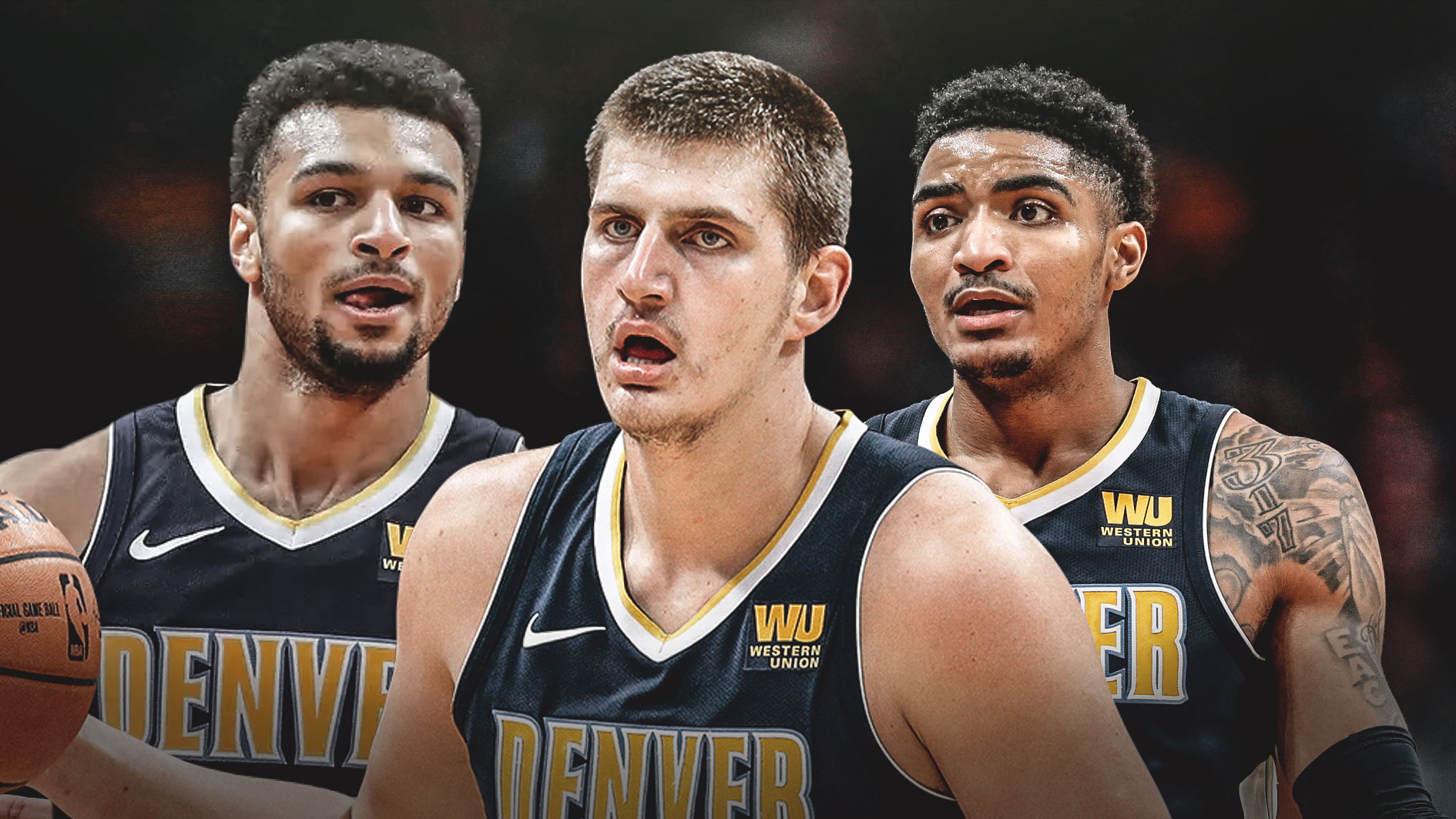
Denver has allowed just 287 points on 307 possessions, a defensive rating of 93.5. They’re not turning the ball over at a high rate, either, which keeps their defense out of transition as much as possible.
The Pelicans’ first two games showed us that while it’s definitely too early to draw conclusions, the roster centered around Anthony Davis isn’t a major concern at all. It wasn’t hard to recognize last year that Nikola Mirotic was a match made in heaven for Davis at the stretch four slot. Mirotic started his season by slaughtering Houston and Sacramento’s defenses with an 11-of-17 shooting display from three. The lack of spacing Elfrid Payton is supposed to hurt his team with … doesn’t matter when Mirotic, E’Twaun Moore, and Jrue Holiday pull defenders away from the rim with their confidence to let shots fly.
New Orleans held the league’s top offense of the week, scoring 280 points on 220 possessions (1.27 points per). They are running and gunning with that starting lineup. The Pelicans averaged just 12.6 seconds per possessions during those first two games. They won’t keep up this absurd offensive potency as their schedule gets tougher. We’re going to find out quickly what New Orleans is made of, considering they have the hardest road stretch in the league approaching on Oct. 29: at Denver, Golden State, Portland, San Antonio, and Oklahoma City — all within eight days. But if Davis wants to put his early stamp on the MVP race and Julius Randle continues to terrorize opposing benches, they could be in the class of elite teams by Thanksgiving.
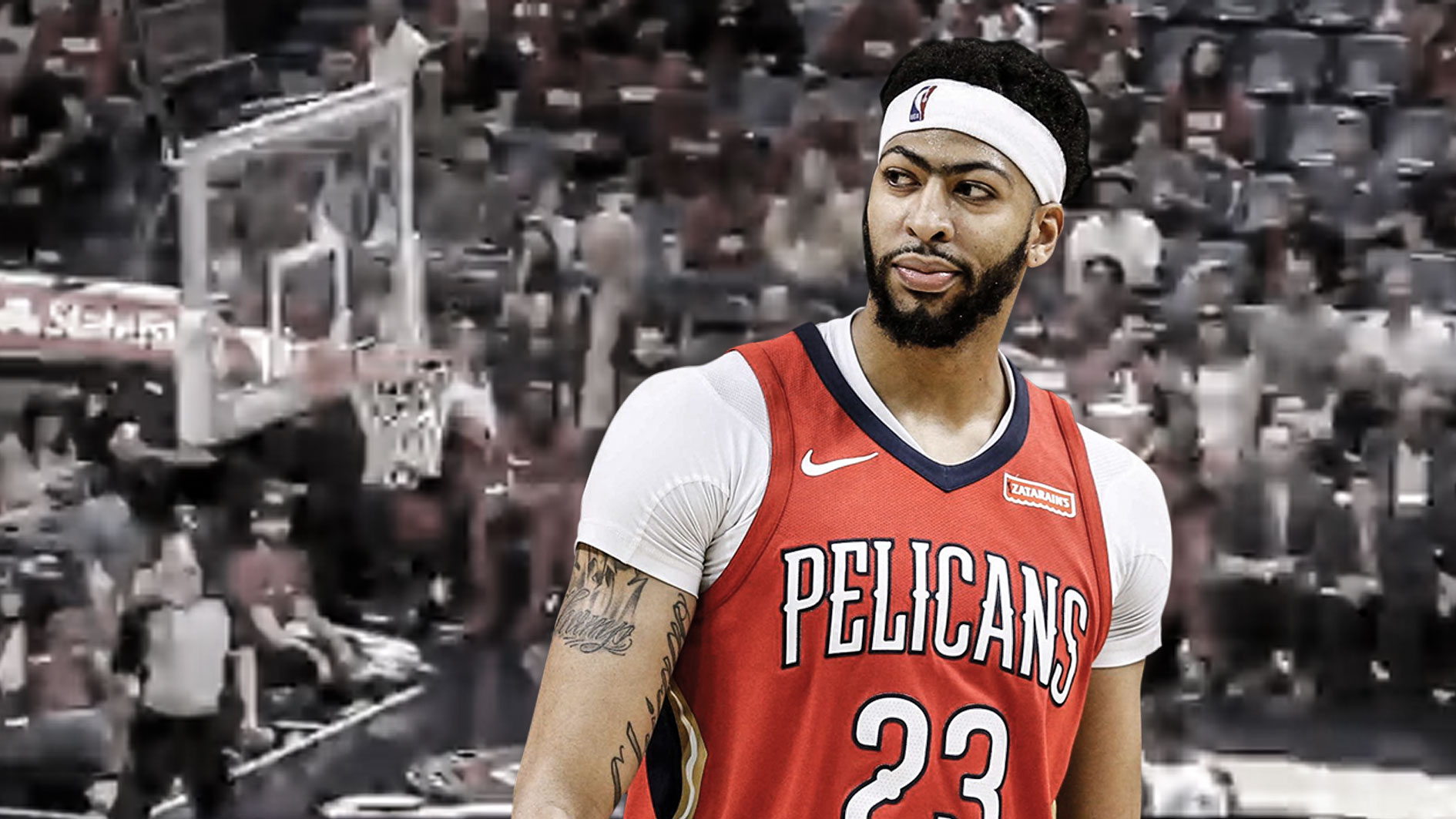
CP
DeMar DeRozan is fully embracing life as a playmaker
This isn’t new for DeRozan! He accepted a greater responsibility last year in Toronto as distributor and playmaker, particularly off the pick-and-roll. When Nick Nurse reconstructed the offense, it was a priority to get away from too many ugly isolations and more into the free-flowing, energized approach of finding open shooters.
DeRozan being traded to San Antonio, where he could be guided by Gregg Popovich as he ages into his thirties, was the best outcome for him. The Spurs are routinely in the top 5-10 of raw passing numbers. Early into this season (three games), the ball movement as a team is pretty encouraging. They have 15 secondary assists (five per game) and 69 points generated off assists per game. Last year, that number was down at 55.2, in the bottom third of the league. So far, it’s the third-most behind Dallas and New Orleans.
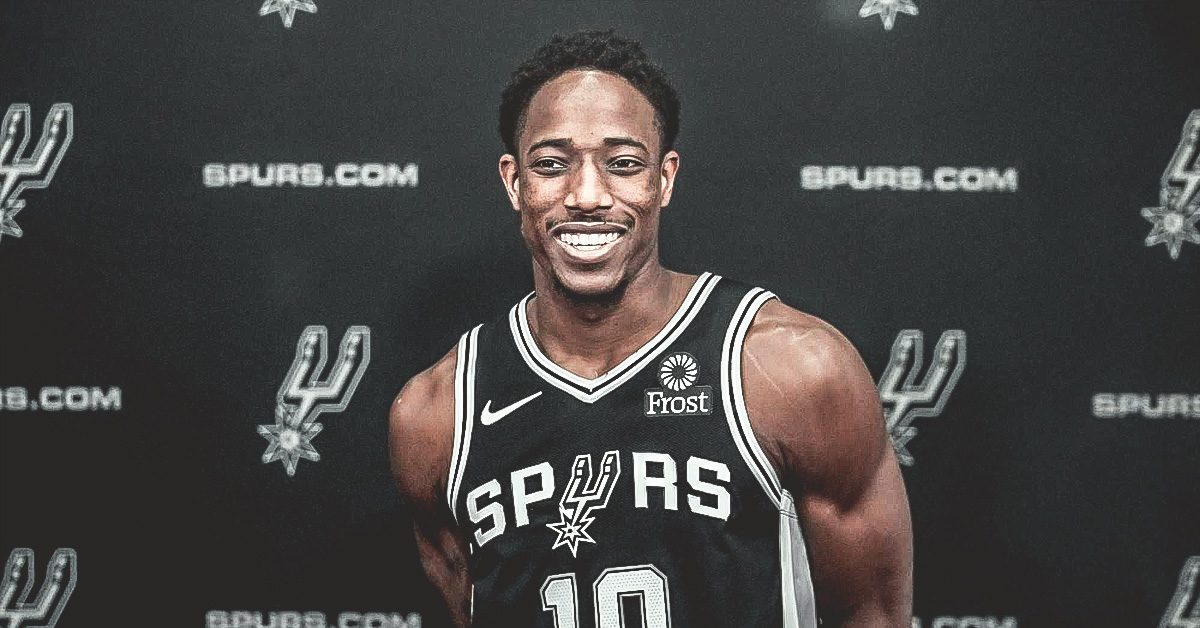
CP
Will it continue even though LaMarcus Aldridge loves his mid-range post-ups? Who knows. But as long as they have DeRozan showing off his love for finding the open man on drives, it should be a lot more playmaking than they had last year.
DeRozan has 27 assists through three games, with only seven turnovers. It’s truly cool to see him taking on this new role.
Most of his assists (and passes in general) are the easy ones that don’t stand out: The easy pass to the wing off a middle pick-and-roll when a defender takes one step over, the simple drop-off pass to the dunker slot when driving to the rim, or a basic lob inside to Aldridge for a quick turnaround jumper.
Nevertheless, we are seeing a lot of decisions by DeRozan that really pop off the screen. Above all else, his patience in a few of these scenarios is awesome to see unfold:
It will be something to monitor as the season grows older and the Spurs are put in more tough battles. With Popovich in his ear, though, I do expect we’ll see DeRozan’s best season as a passer, while still keeping the turnovers down.
Wicked fast pace across the league
Just when you thought everything in the NBA was hitting its maximum level, players and teams strive to prove us wrong.
The league as a whole continues to take threes at a higher rate than each previous year. This time, we’re probably in store for close to 75,000 attempts from deep. At some point, whether that’s now or in five seasons, it should reach an apex where teams aren’t willing to exceed a certain amount.
But what about how quickly teams want to play? What about how many possessions the coaches are trying to have each game? In this generation, players are becoming even faster, stronger, and more durable than ever before. With that, comes the eagerness to create faster offense, generate good looks early in the shot clock, and have more transition opportunities.
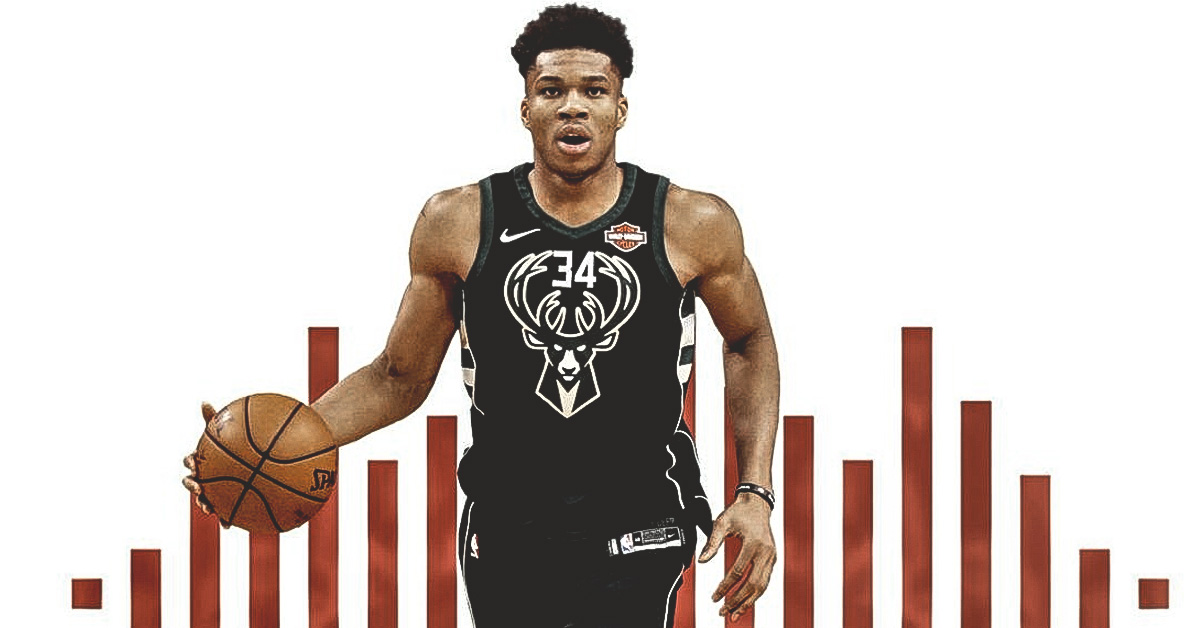
In the NBA, defensive focus is not dying. It’s the pace of the offense that’s dictating everything.
This first week of the season saw the average pace — a team’s average number possessions per 48 minutes of play — leap to 103.1.
Looking back at only the first week of the season last October, the average pace was 101.07 possessions per 48 minutes. Go back a year further to 2016-17, the first-week average was just 97.9 possessions!
We’re witnessing a massive spike in the number of scoring opportunities teams receive. Part of that is the new rule implemented in regards to offensive rebounding, where the shot clock resets to 14 seconds instead of 24. But it’s also from (most) coaches stressing the importance of getting out on the break and catching defenses with bad floor balance, or individuals in cross-matches.
The average number of seconds per possession across the league during Week 1 was just 14.0 seconds, per Inpredictable, with the Lakers, Hawks, and Pelicans all under 13 seconds.
What will be the breaking point in future seasons? We are likely close to the sweet spot in terms of how quickly teams can run their offenses without generating too many “bad,” or rushed shots. It feels just about right.
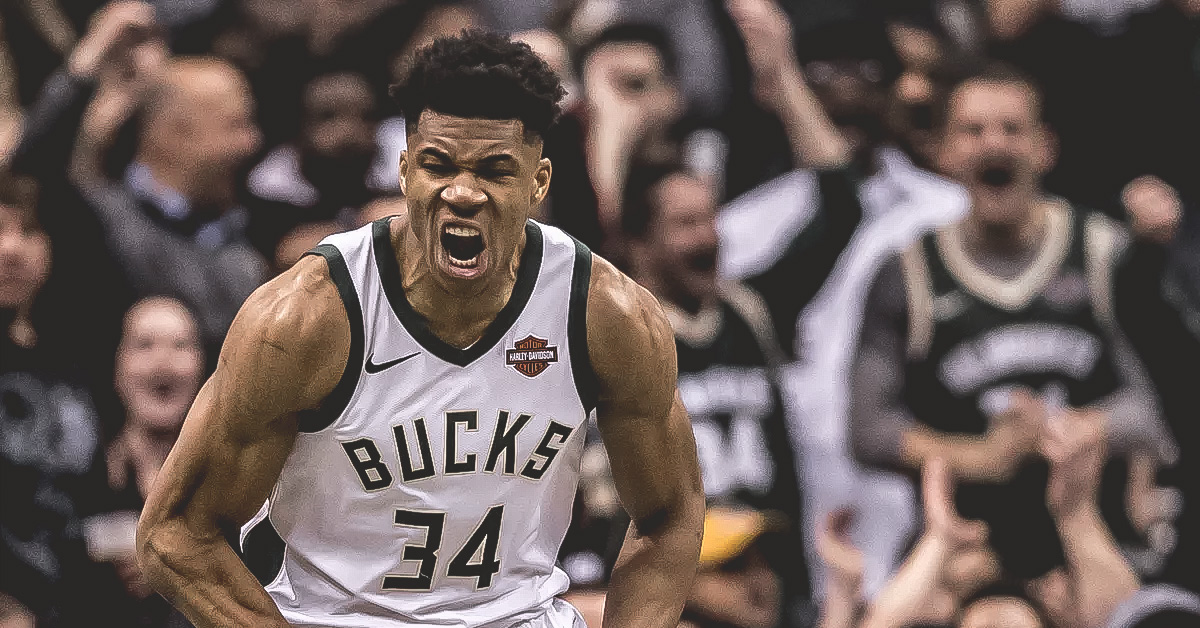
CP
The Bucks’ new offensive approach is working
When Mike Budenholzer took over for Joe Prunty, everyone knew they would look far different offensively than what Prunty and Jason Kidd’s Bucks tried to be. But the results have been more profound in the beginning than most expected. Usually with an offensive overhaul, it takes time for everything to fit together.
Milwaukee must have looked at the landscape of the Eastern Conference, with the Raptors and Celtics as the clear favorites but no LeBron James in sight, and realized they don’t have time to waste. Giannis Antetokounmpo wants to win immediately, and that’s precisely what they’re doing to begin the season.
After a 3-0 start, the Bucks have scored 114.1 points per 100 possessions.
Here’s the kicker: When Antetokounmpo and Brook Lopez have shared the floor (62 minutes), the team’s offensive rating lifts to 119.0, with a 60.5 true shooting percentage.
When Antetokounmpo has played without Lopez (41 minutes), the offense has died and only scored 95.9 points per 100 possessions with a 54.4 true shooting percentage. Of course, there is a bunch of noise there and it’s a very low sample size. But, it does illustrate exactly what Lopez brings for any high-usage star that needs room to operate freely.
Overall, the Bucks are currently seventh in frequency of shots at the rim, second in corner three usage, third in above-the-break three usage, and 29th in mid-range usage. That’s music to the ears of Milwaukee’s fanbase, who loves when Khris Middleton can go 7-of-8 from deep and the team cuts out a lot of hideous long twos.
The efficiency could tail off after this hot start, as they are also in the top five of three-point percentage. But with the proper game plan being preached, the Bucks look incredibly dangerous.
Buckle up, we get to see them versus Philadelphia and Toronto this week.
There could obviously be a dozen storylines listed here, including Boston’s slow offensive start or Toronto’s beast defensive lineups. But, we had to choose five. More league coverage will come.
The post Five Observations From NBA Opening Week appeared first on ClutchPoints.






